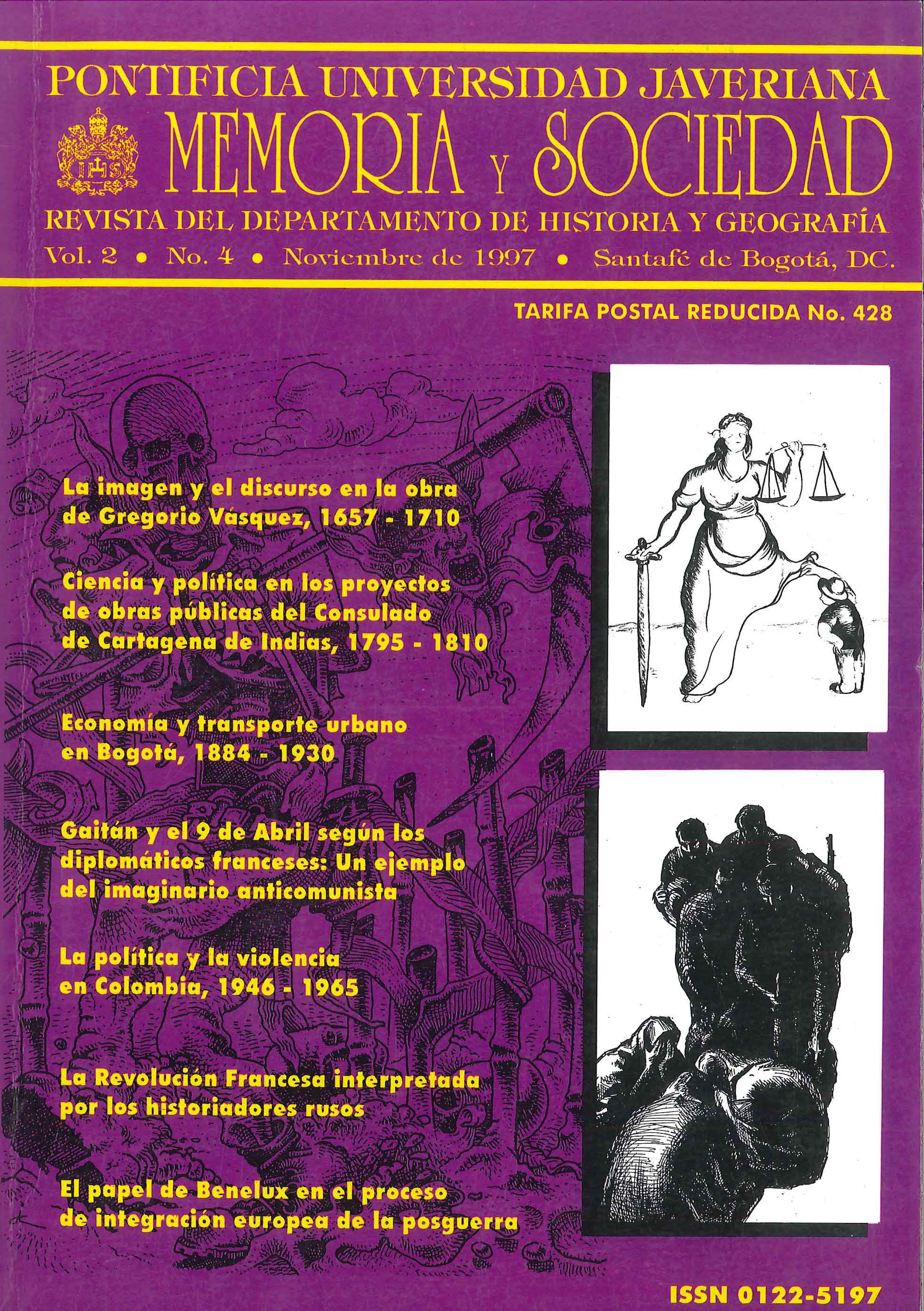Abstract
This article presents, through the life and work of the Inca Garcilaso de la Vega, the theme of mestizaje and the possibilities of integration into the rigidly structure society that was colonial Latin America in the sixteenth century. The article defines the meaning of the term mestizo with the intention of clarifying the precise monent when, and the reasons why, mestizos were pushed to the margins of colonial society. Next, Bonnett analyzes the general living conditions of the mestizo in order to explain the integrating mechanisms, adopted by Garcilaso, to fight social prejudices present in his own society.The journal Memoria y Sociedad is registered under a Creative Commons Attribution 4.0 International Public License. Thus, this work may be reproduced, distributed, and publicly shared in digital format, as long as the names of the authors and Pontificia Universidad Javeriana are acknowledged. Others are allowed to quote, adapt, transform, auto-archive, republish, and create based on this material, for any purpose (even commercial ones), provided the authorship is duly acknowledged, a link to the original work is provided, and it is specified if changes have been made. Pontificia Universidad Javeriana does not hold the rights of published works and the authors are solely responsible for the contents of their works; they keep the moral, intellectual, privacy, and publicity rights.
Approving the intervention of the work (review, copy-editing, translation, layout) and the following outreach, are granted through an use license and not through an assignment of rights. This means the journal and Pontificia Universidad Javeriana cannot be held responsible for any ethical malpractice by the authors. As a consequence of the protection granted by the use license, the journal is not required to publish recantations or modify information already published, unless the errata stems from the editorial management process. Publishing contents in this journal does not generate royalties for contributors.

